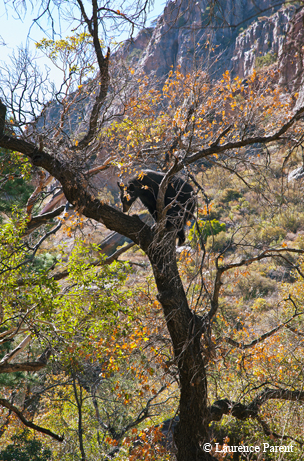TPW Mag: Sharing Responsibility for Nature
This is Passport to Texas
The Chihuahuan desert ecosystem sprawls across Texas and Mexico, making the conservation of its flora and fauna a shared responsibility between the two nations. However, writer Melissa Gaskill says the conservation philosophies of the countries differ.
21—In this country, we form something like Big Bend National Park, and it’s just for the recreation and the wildlife, and people don’t live there. On the Mexican side, they have more of sort of what we would see as a conservation easement approach. Where an area is protected, but there are still homes and ranches and villages—life goes on—but they behave a little differently toward nature.
Gaskill wrote the article Nature Without Borders for the April issue of Texas Parks and Wildlife magazine. Although the US and Mexico share conservation challenges, they also share the successes.
31—One of the successes is black bears. They disappeared on this side back in the 1950s, but given the remoteness of the country on the Mexican side, they remained there, and once they started protecting them actively in Mexico, and we started having all these protected lands on this side that provided good habitat, the bears on their own, crossed the river and repopulated in the Big Bend area. And, they’re doing pretty well; they have the potential to spread elsewhere within Texas where there’s good habitat.
Learn more about the flora and fauna of this area of Texas when you read Melissa Gaskill’s article Nature Without Borders in the April issue of Texas Parks and Wildlife magazine.
The Wildlife and Sport Fish Restoration program supports our series.
For Texas Parks and Wildlife…I’m Cecilia Nasti.



 Passport to Texas is a
Passport to Texas is a  Passport to Texas is made available by:
Passport to Texas is made available by: